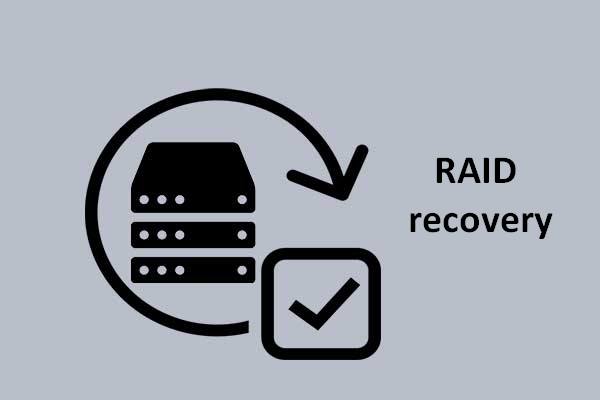If your RAID drive has failed, you need to choose a good method to recover data from the drive. Typically RAID configurations are made in a way to maintain a balance between capacity and performance of the device. Therefore, the RAID drives require the extra disk to maintain the parity info. Given below are some tips that can help you recover data from the drive and re-configure the RAID.
1. Analyze the Cituation
First of all, you need to analyze the situation and examine the configurations of the RAID. In this process, make sure you try to find out which part of your data is inaccessible. Check the RAID card as well. Also, you can use Drive Monitor to check the problematic disks in the RAID.
2. Go through the Factory Manual
In order to recover data from a faulty RAID drive, make sure you read the factory manual as well. This will help you get a better idea of the technical aspects of the card and the information you need for the card-configuration.
3. Check the Backup
Find out if you can access the backup of the files you have lost. If no backup is available, you might want to contact a RAID data recovery service. In the meantime, you don’t want to write more data on the drive.
4. Check the Raid Card and the Motherboard
At times, the RAID drives are fine and the problem is somewhere else. For instance, the problem may be with the RAID card or the motherboard. For verification, you can send the devices to the manufacturers for replacement. On the other hand, if the RAID card can detect the drivers, chances are that the RAID configuration is fine.
5. Don’t Try a Rebuilding Process
If the RAID won’t read the drivers, you may consider the rebuilding process. However, chances are that the attempt won’t be fruitful. It’s better to avoid making any configuration attempt that may cause further damage. Make sure you don’t restore the backup on the same disk.
6. Don’t Mess with the Raid Configuration
It’s not a good idea to guess the RAID that involves the offset, stripe, parity or rotation configurations. If you mess up something, you may find it even more difficult to recover your data.
7. Contact an Expert
Although you can use a good data recovery app to get your data back, it’s not recommended for a number of reasons. By contacting experts, you can rest assured that your data is not lost or left out.
If you have RAID drivers, make sure you monitor the drives on a regular basis. With data maintenance, you can keep track of how each drive works and if any one of them is faulty. Also, it’s a must to create a backup of your files to be on the safe side.
So, if you follow the tips given Above, you can ensure safe data recovery. In case of a doubt, it’s always a great idea to get in touch with a professional. They will help you recover your data in a few days.

